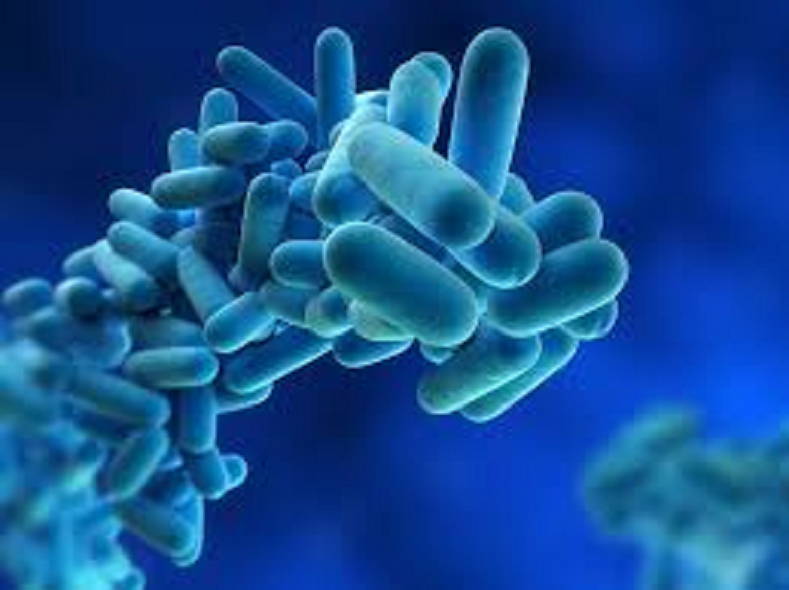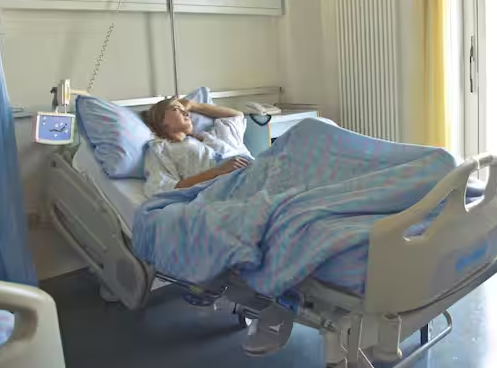Cooling Tower Bacteria: Symptoms appear within 2 days, and death occurs within 10 days, a dangerous disease spreading here.
- bySherya
- 23 Sep, 2025

New York outbreak: Legionnaires' disease is suddenly wreaking havoc in the Central Harlem area of New York City, USA. Let us explain what this disease is and how dangerous it is.

Legionnaires' Disease: A sudden outbreak of Legionnaires' Disease has emerged in New York City's Central Harlem neighborhood. According to the city's health department, two people have died and 58 others have been sickened by the disease. It is a rare but serious form of pneumonia caused by Legionella bacteria.
How does this disease spread?
Legionnaires' disease is most common in areas with hot, stagnant water. The bacteria thrive in cooling towers, hot tubs, decorative fountains, and the plumbing systems of large buildings. When contaminated water spreads into the air as a fine mist or vapor and is inhaled, infection occurs. The disease does not spread from person to person.
Harlem Outbreak – What Happened?
In late July, health officials identified a cluster of cases in Harlem. Initially, 22 cases and one death were reported, but by early August, the number had risen to 58 cases and two deaths. The outbreak spanned five ZIP codes (10027, 10030, 10035, 10037, and 10039). Investigations revealed the presence of bacteria in 11 cooling towers in the area. These were immediately cleaned and disinfected.
Symptoms and dangers
Symptoms appear 2 to 10 days after infection. Common symptoms include high fever, chills, a dry or mucus-producing cough, difficulty breathing, headache, and muscle aches. In severe cases, diarrhea, vomiting, confusion, or loss of appetite may also occur. Symptoms often mimic the flu or COVID-19, making early diagnosis difficult.
Which people are more at risk?
- People over 50 years of age
- Smokers
- Those with chronic lung disease or weakened immunity
If treatment is delayed, it can lead to respiratory failure, shock, and multi-organ failure. The mortality rate averages 10 percent, but can be as high as 25 percent in the elderly and those with compromised health.
Treatment and prevention
There is no vaccine for Legionnaires' disease. Treatment involves antibiotics (such as levofloxacin, azithromycin, or doxycycline), and if treatment is started early, patients can recover. Severe cases may require hospitalization.
Prevention measures
- Building management should regularly clean and disinfect cooling towers and water systems.
- In large buildings, flush unused taps and faucets once a week.
- At home, people should set the water heater temperature to 120°F (49°C) and clean showerheads frequently.
Empty garden hoses after use and only use humidifiers or windshield washer fluid according to manufacturer guidelines. This outbreak in Harlem highlights the importance of monitoring and maintaining water-related infrastructure in urban areas. Early detection and appropriate treatment can save lives, but it's equally important to avoid rumors and rely on accurate information.





